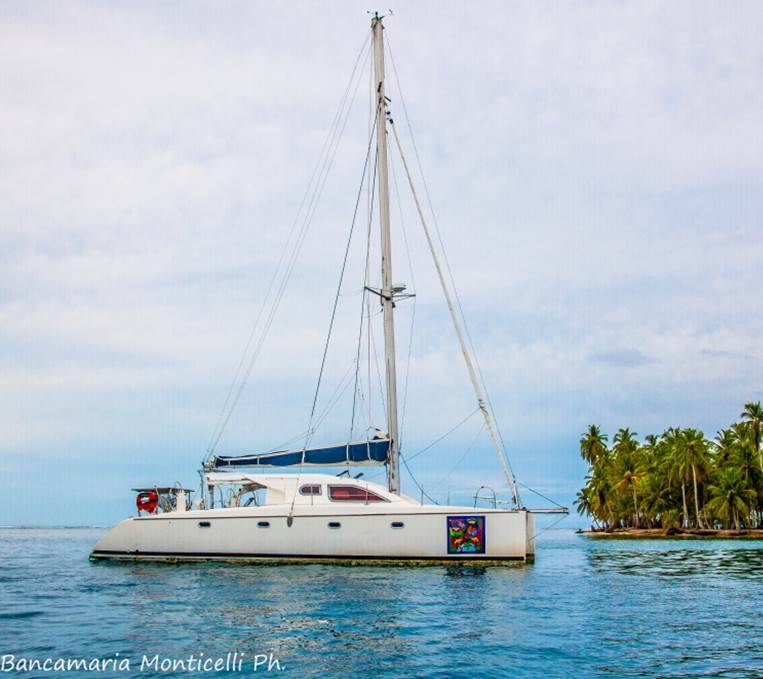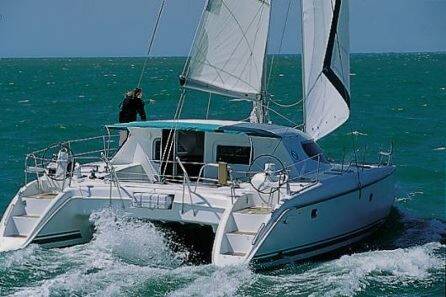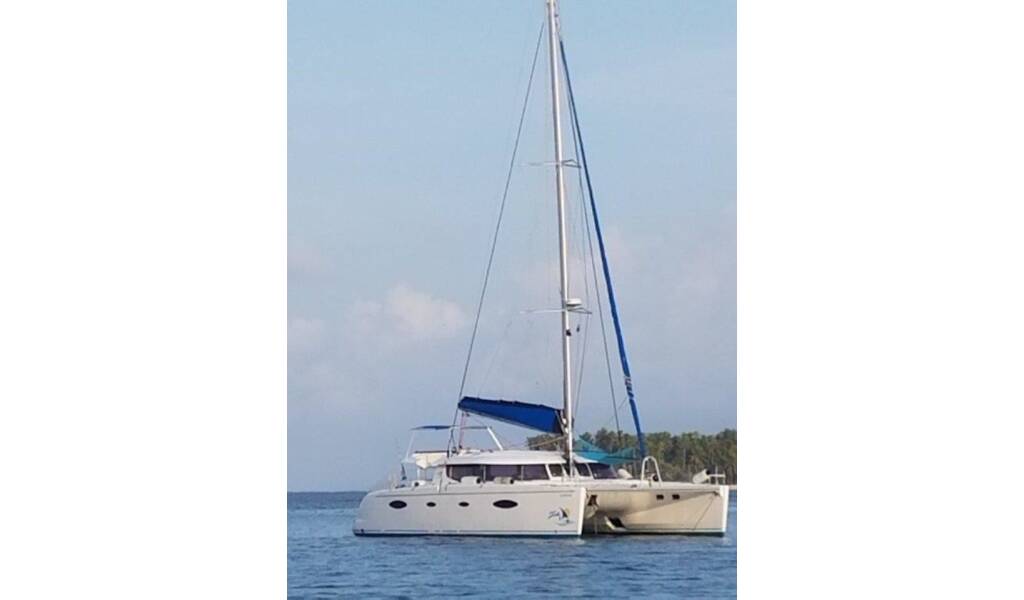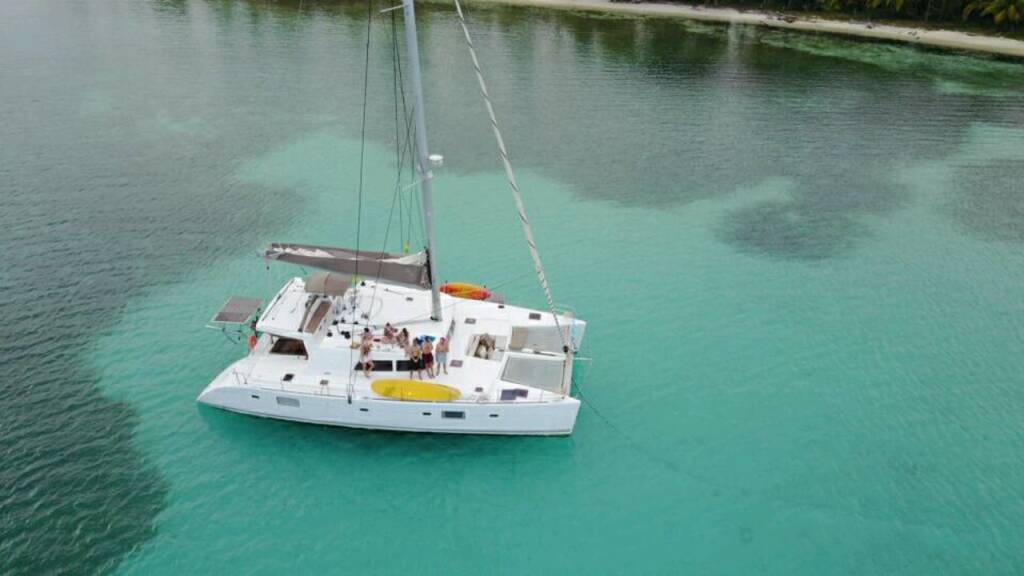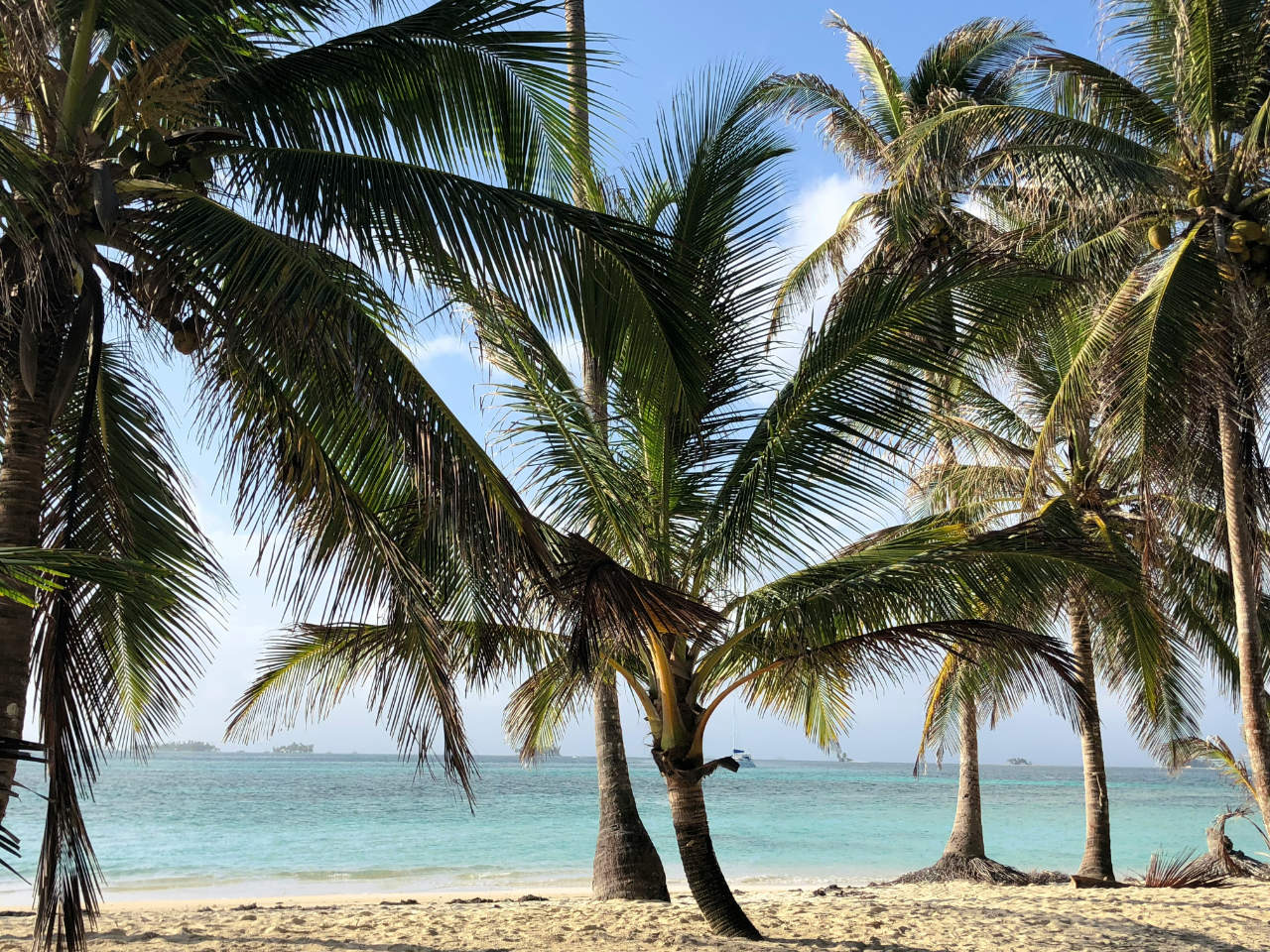Panama
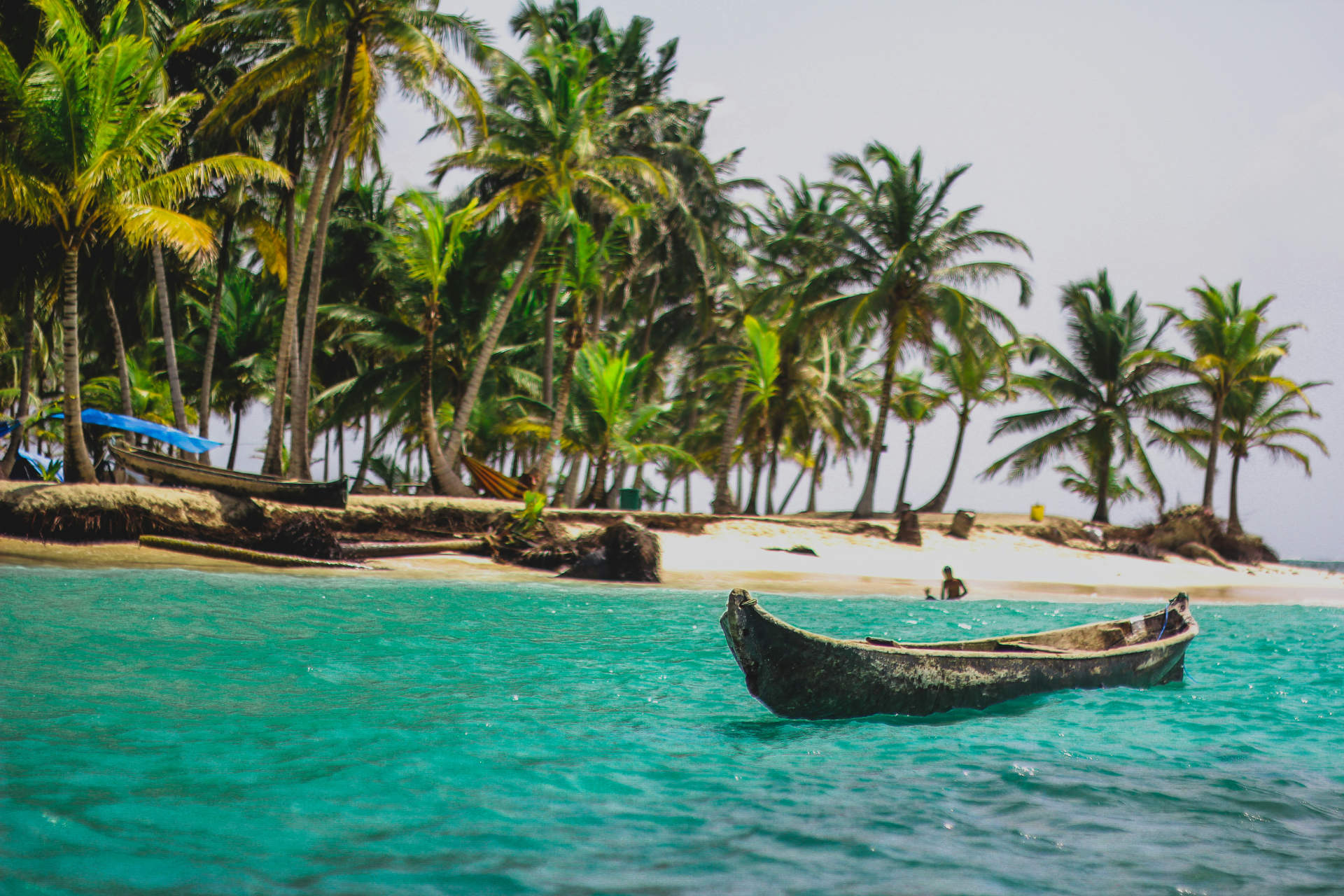
Panama: a country of contrasts and connections
Panama, the narrow country that connects Central America to South America, is a fascinating destination full of contrasts and connections. Known for the famous Panama Canal, which connects the Atlantic and Pacific oceans, Panama is much more than an engineering marvel. With lush rainforests, picturesque beaches, historic cities and a vibrant culture, Panama is a diverse country with something to offer every traveller.
The capital, Panama City, is a vibrant metropolis where modernity and history blend seamlessly. The impressive skyline of modern skyscrapers contrasts with the historic ruins of Panamá Viejo and the colonial old town of Casco Viejo, a UNESCO World Heritage Site. Visitors can stroll through narrow streets, admire colourful buildings and stop off at charming cafés and restaurants.
Panama is also a nature lover's paradise. The Darién Rainforest is one of the most pristine and biodiverse areas in the world, while the Soberanía National Park is home to countless species of birds and is ideal for ecotourism and adventure trips. The islands of the Bocas del Toro and San Blas archipelagos offer crystal clear waters, white sandy beaches and excellent opportunities for snorkelling, diving and sailing.
The Panama Canal, the country's centrepiece, is an engineering masterpiece and a must-see for any visitor. The Miraflores Lock Complex offers an impressive insight into the workings of the canal and the chance to see the giant ships up close. The Canal has not only revolutionised world shipping, but has also been instrumental in Panama's economic development.

Panama's culture is a colourful blend of indigenous, African and European influences. Traditional festivals such as the Las Tablas Carnival and the colourful costumes of the Kuna Indians offer a fascinating insight into the country's cultural heritage. Panamanian cuisine is renowned for its diversity and influences from around the world, offering delicacies such as ceviche, sancocho (a savoury soup) and the ubiquitous patacones (fried plantains).
Panama is a country that harmoniously combines old and new, nature and city, north and south. It is a destination that offers adventure, relaxation and cultural discovery in equal measure and never fails to captivate travellers.
Weather and Climate
Panama has a tropical climate with high temperatures and humidity. The climate is strongly influenced by the two seas, the Pacific and the Caribbean. There are two seasons: the dry season (Verano) and the rainy season (Invierno).
Dry season (December to April): Ideal for sailing and other outdoor activities. Average temperatures are between 24°C and 29°C and humidity is relatively low. Trade winds from the northeast provide clear skies and calm seas, ideal for sailing.
Wet season (May to November): During this time, temperatures can be slightly higher and humidity increases significantly. Rain showers are often heavy but short and usually occur in the afternoon or evening. During the wet season the winds can be more variable and the swell rougher, especially in September and October when the rains are at their heaviest.
Sailing conditions

Panama offers a variety of sailing opportunities, both in the Pacific and the Caribbean. Here are some of the main sailing areas:
San Blas Islands: This archipelago off the Caribbean coast is a sailor's paradise. The islands are surrounded by coral reefs, making the water calm and ideal for snorkelling and diving. The constant breezes and sheltered anchorages make sailing here particularly pleasant.
Bocas del Toro: Also on the Caribbean coast, this archipelago offers fantastic sailing conditions with plenty of anchorages and crystal clear waters. The islands are renowned for their natural beauty and rich marine life.
The Pearl Islands (Islas de las Perlas): This group of islands in the Gulf of Panama on the Pacific side offers excellent sailing conditions, especially in the dry season. The islands are known for their pristine beaches and diverse marine life.
The Panama Canal: The canal itself is a fascinating passage for sailors looking for a unique experience. Passing through the locks and experiencing this engineering marvel is unforgettable.
Safety and precautions
Hurricanes: Panama is outside the hurricane belt and is a safe area to sail, especially during the Caribbean hurricane season.
Currents and tides: The Pacific coast of Panama is known for its strong tidal variations, which sailors need to be aware of. The Caribbean side tends to have milder currents, but you should always check local conditions.

Rainy season: During the rainy season it is important to check the weather forecast regularly and be prepared for sudden changes in the weather. Heavy rainfall can reduce visibility and make the sea rougher.
Overall, Panama offers excellent sailing conditions throughout the year. The mix of tropical climate, varied sailing areas and breathtaking scenery makes Panama a prime destination for sailing enthusiasts.
Getting to Panama
Panama is well connected to the international flight network and offers several options for convenient access to the main marinas and sailing areas.
Travelling by air
Main airport: Tocumen International Airport (PTY) in Panama City is the largest and most important international airport in the country. It offers direct flights to many major cities around the world, including North and South America and Europe.
Domestic flights: There are regular domestic flights from Panama City for travellers wishing to reach more distant sailing destinations such as Bocas del Toro or the San Blas Islands. The Albrook Marcos A. Gelabert International Airport (PAC) in Panama City serves many domestic destinations.

Transportation from the airports to the marina
Taxis and car services: Taxis and ride-sharing services such as Uber are available at the airports and are a convenient way to get directly to the marinas. A taxi ride from Tocumen International Airport to downtown Panama City takes approximately 30-40 minutes.
Car Rental: All major international car rental companies are represented at Tocumen International Airport. A rental car gives you the flexibility to explore the area on your own and easily get to the various marinas.
Private Transfer: Many yacht charter companies offer private transfers from the airport to the marinas. These can be booked in advance and ensure a stress-free journey.
Marinas and charter bases
Flamenco Marina: This modern marina in Panama City is an ideal base for Pacific cruising and exploring the Pearl Islands. The marina offers a full range of services and is close to the city centre.
Shelter Bay Marina: Located on the Caribbean coast near the entrance to the Panama Canal at Colón. It is an excellent base for excursions to the San Blas Islands and offers a full range of services for yachts and sailboats.
Bocas Marina: Located in Bocas del Toro, this marina offers excellent facilities and is an ideal base for exploring the Bocas del Toro archipelago.
Currency and Payment Methods

Currency: The official currency in Panama is the Balboa (PAB), which is pegged to the US dollar at a rate of 1:1. The US dollar is accepted everywhere and is the most commonly used currency.
How to pay: Credit cards are accepted in most major shops, restaurants and marinas. However, it is advisable to carry some cash for small purchases or in remote areas.
With these tips in mind, yacht charter customers can optimally plan and prepare their trip to Panama in order to fully enjoy the breathtaking sailing areas and fascinating culture of the country.
Geographical Location
Panama is located in the southernmost part of Central America and covers an area of approximately 75,000 square kilometres. The country forms a narrow land bridge between North and South America. It borders Costa Rica to the west and Colombia to the east. Panama is washed by the Caribbean Sea to the north and the Pacific Ocean to the south. This unique geographical location makes Panama an important hub for international sea and air traffic.
Panama City, the country's capital and largest city, is located on the Pacific coast and is the economic and cultural centre of the country. The famous Panama Canal, which divides the country in half, connects the Atlantic (Caribbean) with the Pacific and is one of the world's greatest engineering marvels.
Coastline
Panama has an impressive coastline that stretches for approximately 2,490 kilometres. This coastline offers a variety of landscapes, from long sandy beaches to rocky cliffs and numerous islands and archipelagos.
Caribbean Coast: Panama's Caribbean coast is known for its numerous island groups and coral reefs. One of the most notable is the San Blas Archipelago, which consists of over 365 small islands and is administered by the indigenous Kuna people. These islands are famous for their unspoilt beaches and crystal clear waters, ideal for snorkelling and diving. Further west is the Bocas del Toro archipelago, another group of islands renowned for their natural beauty and rich marine life.
Pacific Coast: Panama's Pacific coast is longer and more varied than the Caribbean coast. Here you will find wide sandy beaches as well as secluded coves and peninsulas. The Pearl Islands (Islas de las Perlas), a group of over 200 islands in the Gulf of Panama, are a popular destination for sailors and fishermen. The islands offer beautiful beaches, clear waters and rich marine life, including numerous species of fish and whales. Further west on the Pacific coast is the Coiba National Park, a UNESCO World Heritage Site, and the island of Coiba, known for its biodiversity and pristine diving sites.

The Panama Canal: The heart of the country, the Panama Canal is not only an engineering marvel, but also a vital waterway through which thousands of ships pass every year. The canal's locks and man-made lakes offer unique opportunities for boating and sightseeing.
Inland waterways
In addition to its impressive coastline, Panama has numerous rivers and lakes that criss-cross the country. The most important river is the Río Chagres, which plays a central role in supplying water to the Panama Canal. Lake Gatún, an artificial lake that is part of the Panama Canal, also offers opportunities for water sports and recreation.
Overall, Panama's geographical location and varied coastline provide ideal conditions for sailing and water sports. The combination of the Caribbean and Pacific Oceans, complemented by the Panama Canal, makes Panama a unique and fascinating destination for adventurers and nature lovers.
Panama City and Surroundings
Panama City, the country's capital and largest city, is a dynamic urban centre with a fascinating mix of old and new. The skyline of modern skyscrapers contrasts with the historic ruins of Panamá Viejo and the colonial charm of Casco Viejo. Nearby, the Metropolitan Natural Park and the Soberanía National Park offer nature experiences on the city's doorstep. The Panama Canal and the Miraflores Lock Complex are a must for any visitor, offering an insight into the workings of this engineering marvel. Numerous restaurants, shopping malls and cultural events make Panama City a lively and diverse destination.
Bocas del Toro

Bocas del Toro is an archipelago off the northwest Caribbean coast of Panama and a paradise for nature and beach lovers. The main island, Isla Colón, is home to the town of the same name, Bocas, known for its relaxed atmosphere and lively nightlife. The surrounding islands, such as Isla Bastimentos and Isla Carenero, offer unspoilt beaches, dense rainforest and rich marine life. Snorkelling, diving and surfing are popular activities. The region's diverse flora and fauna, including the rare red frogs of Isla Bastimentos, make Bocas del Toro a fascinating destination for nature lovers and adventurers.
San Blas Islands

The San Blas Islands, also known as Guna Yala, are an autonomous region off the Caribbean coast administered by the indigenous Guna people. The archipelago consists of over 365 islands, many of which are uninhabited, with white sandy beaches and crystal clear waters. The culture of the Guna, their handicrafts, especially the famous molas (colourful textile works of art) and their traditional way of life offer a unique cultural insight. The San Blas Islands are ideal for sailing, snorkelling and relaxing away from the crowds. These unspoilt islands provide the perfect backdrop for a true Robinson Crusoe experience.
Chiriquí

The Chiriquí region in western Panama is known for its stunning natural beauty and rich agriculture. The capital, David, is an important economic centre, but the real treasures of the region lie in the mountains and valleys. Boquete, a charming highland town, is famous for its coffee and pleasant climate. Outdoor activities such as hiking, birdwatching and rafting are popular. The Barú volcano, the highest point in Panama, offers breathtaking views of both oceans on a clear day. Chiriquí is a paradise for nature lovers and adventurers.
Colón and the Panama Canal

Colón, on the Caribbean coast, is the gateway to the northern side of the Panama Canal. The city is an important port and free trade centre in the Colón Free Trade Zone. Sights such as the historic Fort San Lorenzo and the Gatún locks attract many visitors. The Panama Canal, especially watching the huge ships manoeuvre through the locks, is a fascinating experience. The surrounding rainforests and national parks offer additional opportunities for nature lovers and adventurers to explore the region's diverse flora and fauna.
Historical
Panama has a rich and varied history, shaped by its geographical location as a bridge between North and South America. Originally inhabited by indigenous peoples such as the Kuna, Emberá and Ngäbe-Buglé, the country was colonised by the Spanish in the 16th century. The remains of Panamá Viejo, the first European settlement on the Pacific coast of the Americas, bear witness to this period. An important historical event was the construction of the Panama Canal, which opened in 1914 and revolutionised world shipping. During the Second World War and the Cold War, Panama played a strategic role, which led to the construction of numerous military installations. In 1999, Panama took full control of the canal, opening a new chapter in the country's history.
Culinary delights

Panamanian cuisine is a fascinating melting pot of influences from indigenous, Spanish, African and Asian cultures. Ceviche, a dish of marinated raw fish, is particularly popular in Panama and is often served with lime juice, onions and coriander. Sancocho, a hearty chicken soup with yuca and vegetables, is another traditional dish often served. Patacones, double-fried plantains, are a popular snack or side dish. Seafood plays a central role in Panamanian cuisine, especially in the coastal regions and on the islands. The variety of cooking styles and the freshness of the ingredients make Panamanian gastronomy a delight for all the senses.
Cultural

Panama is a country with a vibrant and diverse culture, characterised by a mixture of different ethnicities and traditions. Carnival is one of the biggest and most colourful festivals celebrated throughout the country, especially in cities such as Las Tablas. Traditional dances such as the tamborito and the pollera, a richly decorated costume, are important cultural symbols. Indigenous arts and crafts, especially the molas of the Kuna Indians, are known and appreciated throughout the world. Musical styles such as salsa, reggaeton and typical Panamanian jazz reflect the country's musical diversity. Panama City is a cultural centre with numerous museums, theatres and galleries that showcase the country's rich history and artistic heritage.
Panama is a country that delights its visitors with a fascinating mix of history, culture and culinary experiences. The rich past and vibrant present combine to create a unique experience, enhanced by the warm hospitality of the Panamanian people. Whether you are exploring historical sites, savouring culinary delights or taking part in cultural festivals, Panama offers a wealth of experiences that will make your trip unforgettable.
Panama - a country of diversity and discovery
Panama is a fascinating country with a unique blend of history, culture and natural beauty. Panama's geographical location as a bridge between two continents and two oceans has made it an important hub for trade and migration, which is reflected in its rich and diverse culture. The Panama Canal, an engineering marvel, symbolises not only human ingenuity but also Panama's central role in global shipping.

Panama's historical depth can be felt everywhere, from the ruins of the ancient city of Panamá Viejo to the colonial streets of Casco Viejo. These places tell stories of conquistadors, pirates and traders who have shaped the country's history. At the same time, modern Panama City pulsates with an impressive skyline, cultural events and a dynamic economy.
Culinarily, Panama offers a rich palette of flavours and dishes that reflect the diversity of its people. From fresh seafood on the coast to hearty traditional dishes in the interior, Panamanian cuisine is a delight for the senses.
Panama's natural environment is as diverse as its culture. Rainforests, mountains, beaches and islands offer countless opportunities for adventure and discovery. Protected areas such as Coiba National Park and Soberanía National Park are nature lovers' paradises, offering unique experiences in unspoilt surroundings.
All in all, Panama is a country that welcomes visitors with open arms and offers unforgettable experiences. Whether you want to explore the historical sites, enjoy the vibrant culture or discover the breathtaking nature, Panama has something for everyone. The warm hospitality of the Panamanians and the fascinating diversity of the country make every visit a special experience.
San Blas
San Blas, also known as Guna Yala, is a breathtaking region on the Caribbean coast of Panama. The archipelago, consisting of over 365 islands, is inhabited and administered by the indigenous Guna people. San Blas offers a unique blend of unspoilt natural beauty and rich cultural tradition, making it one of the most fascinating destinations in Central America.

